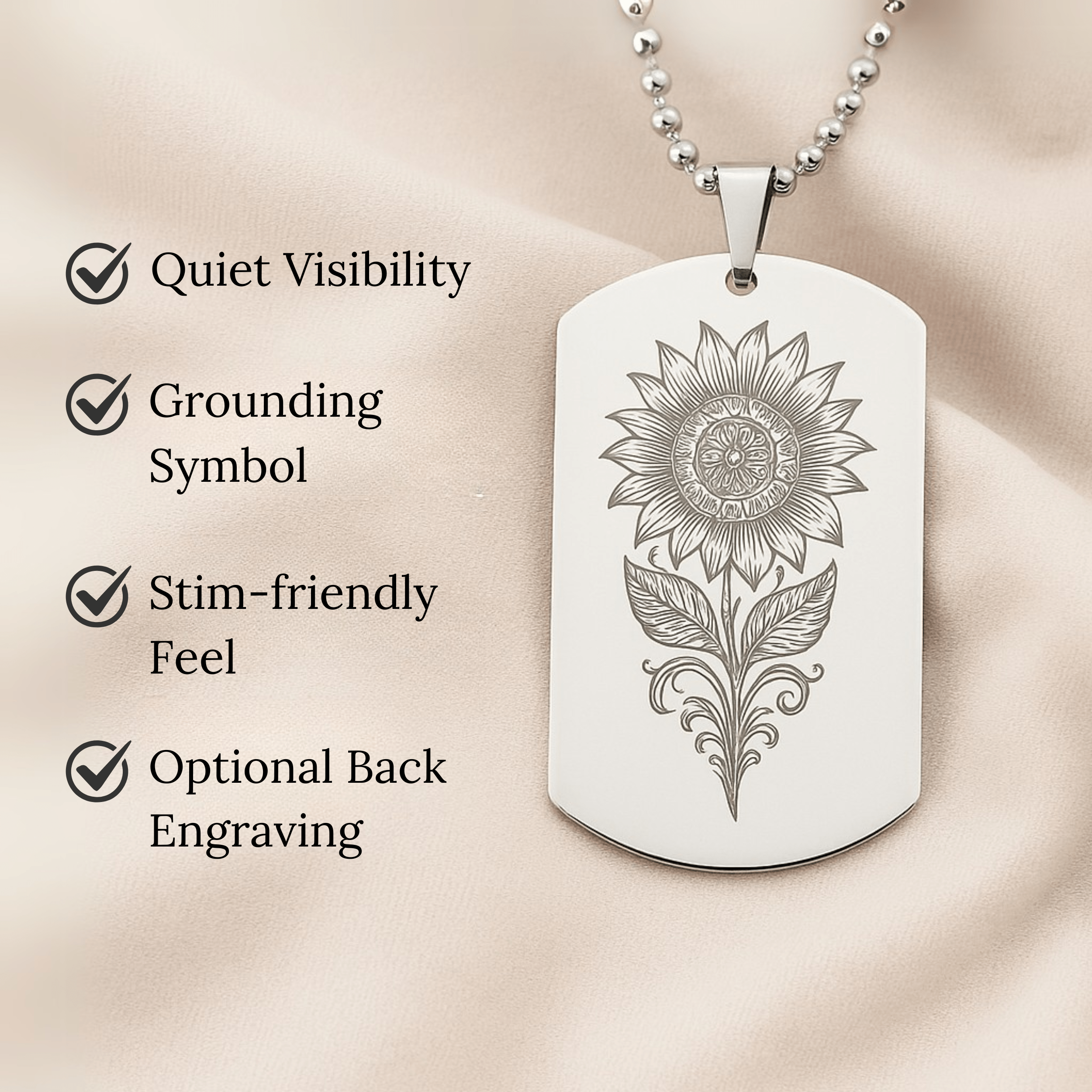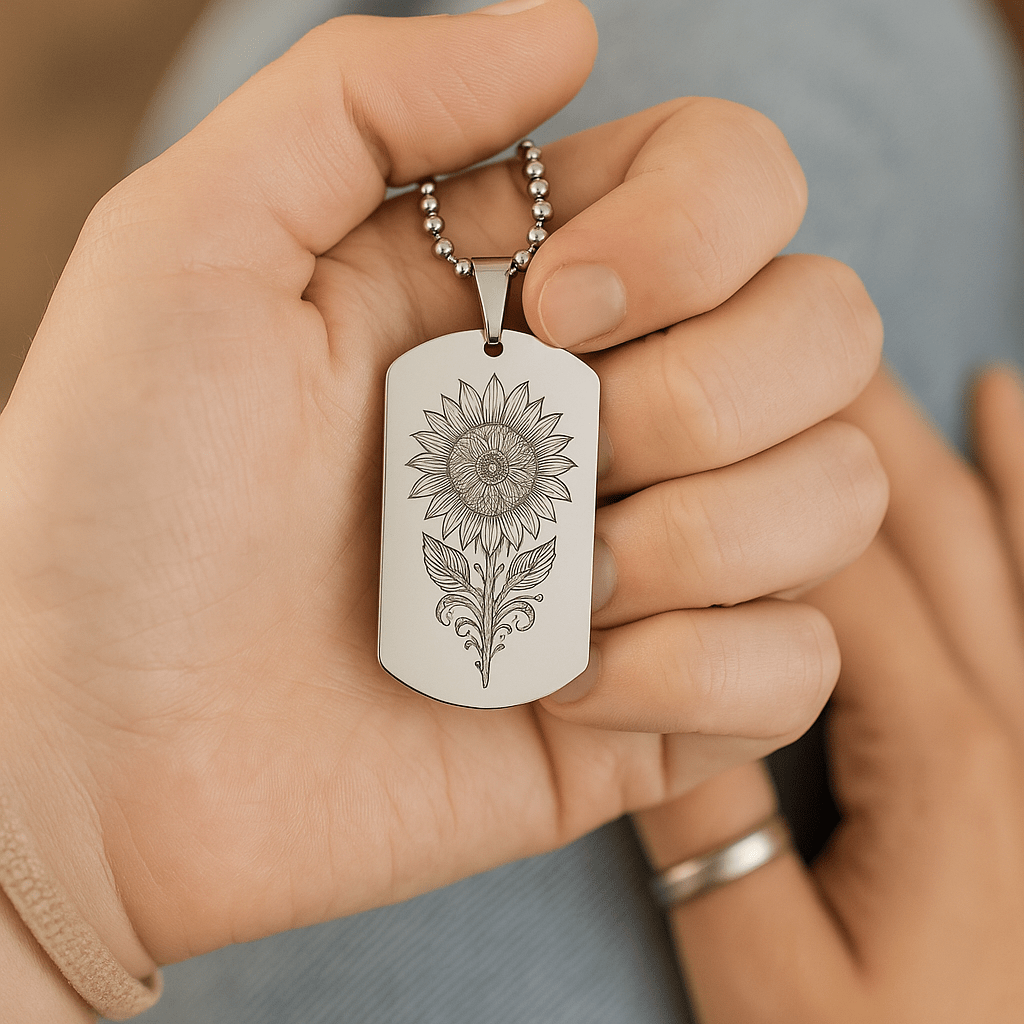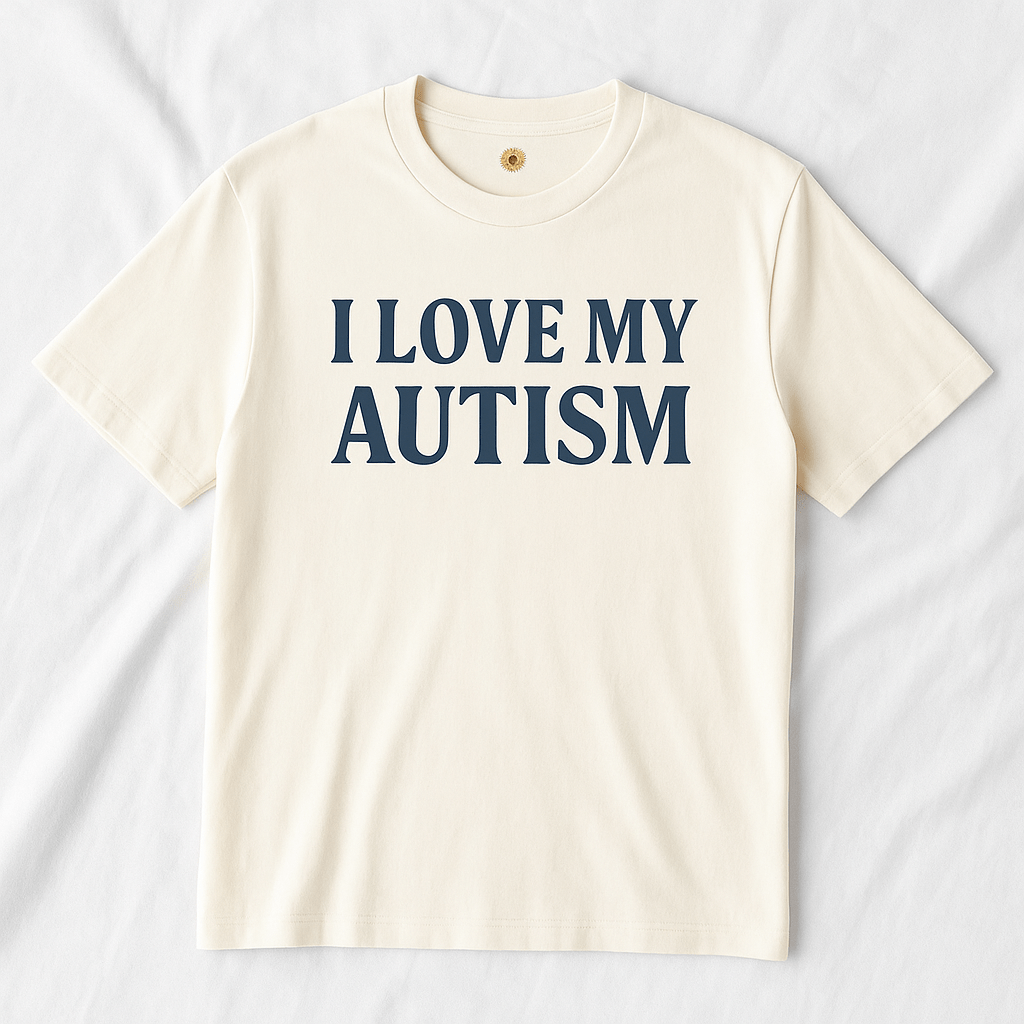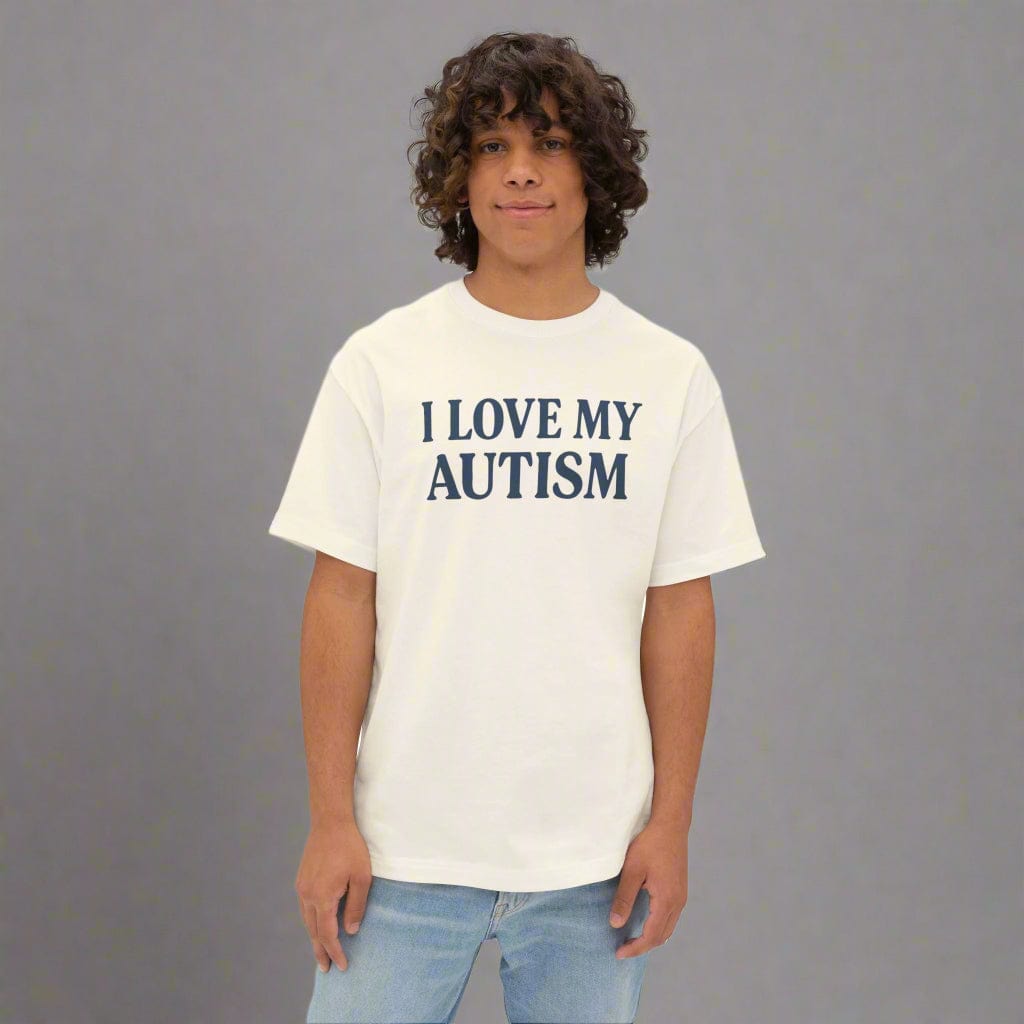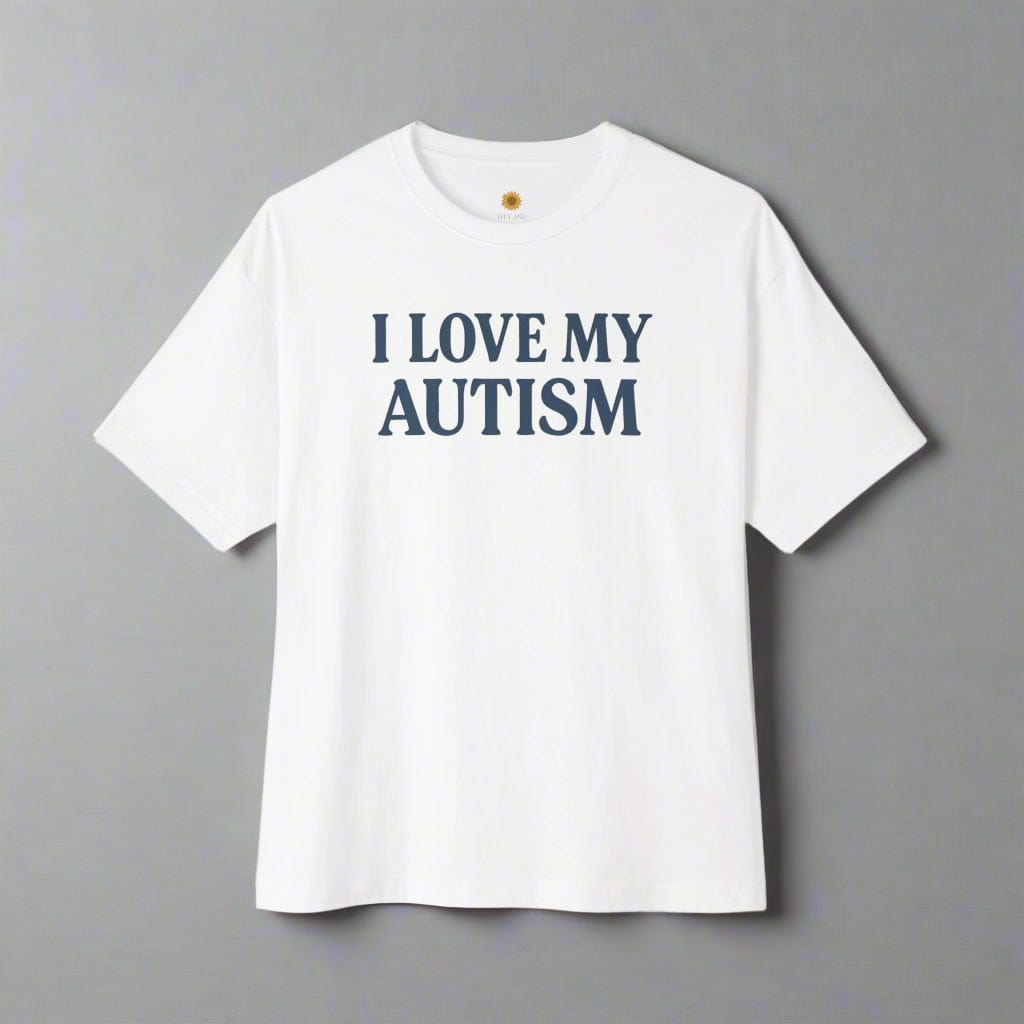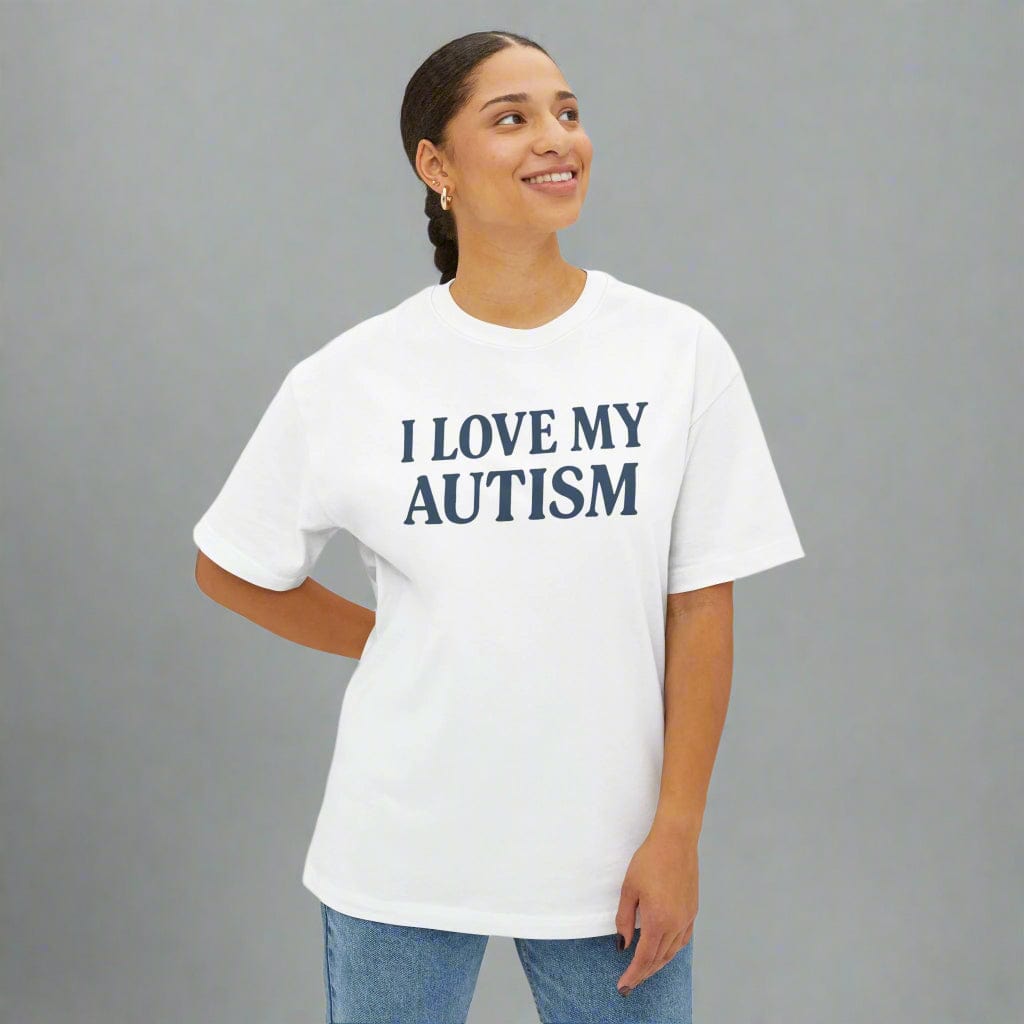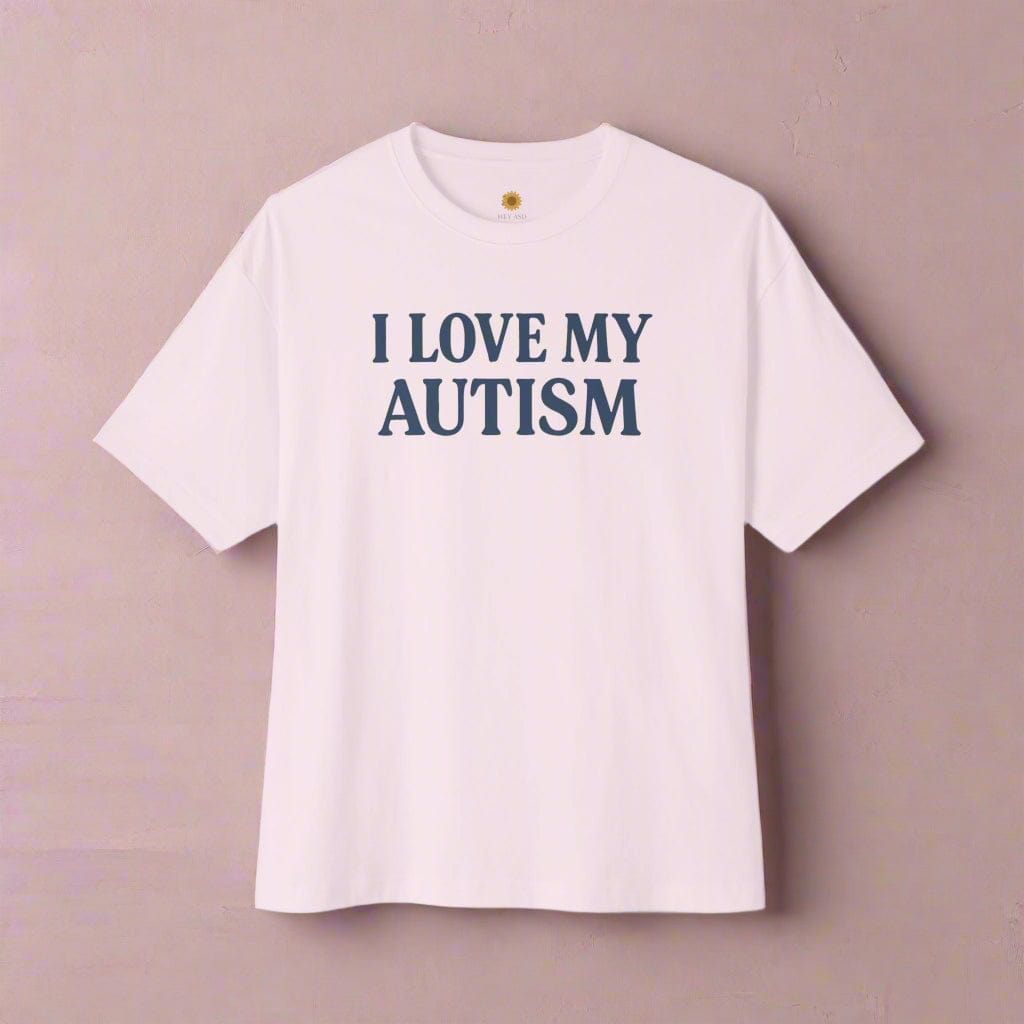ABA Therapy: Addressing Stereotypy and Self-Injury

Written by the HeyASD Editorial Team
Applied Behavior Analysis (ABA) therapy is a proven method for helping individuals with autism, especially in managing challenging behaviors like stereotypy and self-injury. These behaviors can seriously affect daily life and overall well-being. This article explores various aspects of stereotypy and self-injury, including their neuropharmacology, environmental influences, and effective intervention strategies. By understanding these elements, caregivers and professionals can better support individuals with autism.
Key Takeaways
- ABA therapy is effective in managing stereotypy and self-injury in individuals with autism.
- Understanding neurochemical pathways helps in developing pharmacological interventions for these behaviors.
- Environmental factors like social and sensory deprivation can influence the development of stereotypy.
- Animal models are valuable for studying stereotypy and self-injury, providing insights for human treatments.
- Caregivers play a crucial role in supporting and implementing ABA therapy for their loved ones.
Understanding Stereotypy in Autism
Defining Stereotypy
Stereotypy is a core feature of autism and involves repetitive, non-goal-directed behaviors. For example, a child might wave their hand in front of a light or spin the wheels of a toy car instead of playing with it. These actions are often nonfunctional but can be deeply ingrained.
Common Forms of Stereotypy
Common forms include hand-flapping, rocking, and spinning objects. These behaviors can vary widely among individuals with autism. Some might engage in vocal stereotypy, like repeating certain sounds or phrases.
Impact on Daily Life
Stereotypy can affect daily life by interfering with learning and social interactions. It can be distracting and sometimes stigmatizing. However, it's important to understand that these behaviors are a part of the individual's experience with autism.
While stereotypy can be challenging, it's crucial to approach it with empathy and understanding. Addressing these behaviors requires a balanced approach that respects the individual's needs and experiences.
For more resources and support, visit your local autism store.
The Neuropharmacology of Stereotypy and Self-Injury
Neurochemical Pathways
Understanding the brain's chemistry is key to addressing stereotypy and self-injury in autism. Neurotransmitters like dopamine and serotonin play a big role in these behaviors. Changes in these chemicals can lead to repetitive actions or harmful behaviors.
Pharmacological Interventions
Medications can help manage stereotypy and self-injury. Drugs that adjust dopamine and serotonin levels are often used. These medications aim to reduce the frequency and intensity of these behaviors, making daily life easier.
Research Findings
Studies show that altering brain chemistry can impact stereotypy and self-injury. Research continues to explore new treatments and their effectiveness. This ongoing work is crucial for improving the lives of those affected by these behaviors.
Environmental Factors Influencing Stereotypy
Impoverished Environments
Behavior analysts see stereotypic behavior as linked to the environment. Stereotypic behavior often arises from its surroundings. Research shows that such behavior can serve an automatic or non-social function. However, it can also be due to positive social reinforcement or escape and avoidance situations.
Social and Sensory Deprivation
Living in places with limited social and sensory input can lead to stereotypic behavior. When individuals lack social interactions or sensory experiences, they may develop these behaviors as a way to cope. This is especially true in environments that do not provide enough stimulation or engagement.
Case Studies
Several case studies highlight the impact of environment on stereotypic behavior. For instance, children in settings with minimal social interaction often show higher levels of these behaviors. These studies emphasize the need for enriched environments to reduce stereotypic actions.
Animal Models and Their Relevance to Autism
Animal models play a crucial role in understanding autism. They help researchers study behaviors and test treatments in a controlled environment. These models are essential for advancing our knowledge and developing effective therapies.
Types of Animal Models
Different animals are used to study autism, including mice, rats, and zebrafish. Each type offers unique insights. For example, mice are often used to study genetic factors, while zebrafish are useful for observing brain development.
Behavioral Observations
Researchers observe various behaviors in these animals to draw parallels with human autism. Common behaviors include repetitive actions and social interaction difficulties. These observations help in identifying potential treatments.
Implications for Human Treatment
Findings from animal studies can lead to new therapies for humans. By understanding how certain treatments work in animals, scientists can develop better interventions for people with autism. This research is vital for improving the quality of life for those affected by the disorder.
Animal models are a key tool in autism research, offering valuable insights that can lead to better treatments and understanding of the condition.
Behavioral Assessment in ABA Therapy
Assessment Techniques
Behavioral assessment in ABA therapy starts with understanding the individual's unique needs. Direct observation is a key technique, where therapists watch and record behaviors in natural settings. Interviews with caregivers and teachers also provide valuable insights. Functional Behavior Assessments (FBAs) are often used to identify the reasons behind certain behaviors.
Identifying Triggers
Identifying what triggers certain behaviors is crucial. Triggers can be anything from environmental changes to social interactions. By pinpointing these triggers, therapists can develop strategies to manage or avoid them. This step often involves detailed data collection and analysis.
Data Collection Methods
Data collection is a cornerstone of ABA therapy. Therapists use various methods such as ABC (Antecedent-Behavior-Consequence) charts, frequency counts, and time sampling. These methods help in tracking progress and making necessary adjustments to the intervention plans.
Effective behavioral assessment is the foundation of successful ABA therapy. It helps in creating personalized intervention plans that address the specific needs of each individual.
Intervention Strategies for Stereotypy
Behavioral Interventions
Behavioral interventions are often the first line of defense against stereotypy. These strategies focus on reinforcing desirable behaviors while reducing unwanted ones. Techniques like Differential Reinforcement of Other behavior (DRO) and Functional Communication Training (FCT) are commonly used. Visual stimming, for example, can be redirected to more appropriate activities through these methods.
Adjunctive Therapies
Adjunctive therapies can complement behavioral interventions. These may include occupational therapy, speech therapy, and even physical activities. The goal is to provide a holistic approach that addresses multiple aspects of the individual's life. Visual stimming can sometimes be managed through sensory integration techniques.
Case Examples
Real-world examples highlight the effectiveness of these strategies. One case involved a child who engaged in repetitive hand-flapping. Through a combination of behavioral interventions and occupational therapy, the child learned to replace hand-flapping with more functional behaviors. Another case showed how a teenager's visual stimming was managed through a tailored sensory diet and behavioral strategies.
Combining multiple intervention strategies often yields the best results in managing stereotypy. Each individual is unique, and a personalized approach is crucial for success.
Addressing Self-Injurious Behavior
Types of Self-Injury
Self-injurious behavior (SIB) can manifest in various forms, including head-banging, biting, and scratching. Understanding these different types is essential for effective intervention. Each type may have different triggers and require unique approaches.
Risk Factors
Several risk factors can contribute to the development of SIB, such as sensory processing issues, communication difficulties, and emotional distress. Identifying these factors early can help in creating targeted intervention plans.
Intervention Techniques
Effective intervention techniques for SIB often involve a combination of behavioral strategies and environmental modifications. Some common approaches include:
- Functional Communication Training (FCT)
- Differential Reinforcement of Other behavior (DRO)
- Sensory Integration Therapy
It's crucial to tailor interventions to each individual's needs, as ABA therapy is highly personalized. Ongoing assessment and adjustment of strategies are key to success.
Challenges and Future Directions in ABA Therapy
Current Challenges
ABA therapy has faced several hurdles over the years. One major challenge is the lack of individualized goal setting. Often, goals are chosen without the input of the person receiving therapy, which can lead to dissatisfaction and ineffective outcomes. Additionally, there are concerns about the potential harm from some ABA procedures and the historical context of these interventions.
Future Research Areas
To improve ABA therapy, more research is needed in several key areas:
- Personalized Interventions: Developing methods to tailor interventions to each individual's unique needs.
- Long-term Outcomes: Studying the long-term effects of ABA therapy to ensure lasting benefits.
- Ethical Practices: Ensuring that all interventions are ethical and respect the dignity of the individual.
Innovative Approaches
Innovation is crucial for the future of ABA therapy. New technologies, such as virtual reality and AI, offer exciting possibilities for more engaging and effective interventions. Moreover, integrating multidisciplinary approaches can provide a more holistic treatment plan, combining ABA with other therapies like speech and occupational therapy.
The future of ABA therapy lies in its ability to adapt and evolve, ensuring that it meets the needs of those it aims to help.
Ethical Considerations in Treating Stereotypy and Self-Injury
Patient Rights
When treating stereotypy and self-injury, patient rights must always be a top priority. Every individual has the right to receive care that respects their dignity and personal choices. This means that any intervention should be explained clearly, and consent should be obtained before proceeding.
Balancing Risks and Benefits
In any treatment plan, it's crucial to weigh the risks and benefits. While some interventions can significantly reduce harmful behaviors, they may also come with side effects or other downsides. Careful consideration and ongoing assessment are necessary to ensure that the benefits outweigh the risks.
Informed Consent
Obtaining informed consent is a fundamental ethical requirement. This involves explaining the treatment options, potential outcomes, and any associated risks in a way that the patient or their guardian can understand. Only after this information is provided should consent be sought.
Ethical treatment is not just about following rules; it's about respecting the individual and their unique needs.
Highlights
- Patient rights must always be a top priority.
- Weigh the risks and benefits of any treatment plan.
- Obtaining informed consent is a fundamental ethical requirement.
The Role of Caregivers and Families
Caregivers and families play a crucial role in the success of ABA therapy. Their involvement can significantly impact the progress of individuals undergoing treatment. By providing consistent support and encouragement, families help reinforce positive behaviors and reduce instances of stereotypy and self-injury.
It's essential for caregivers to receive proper training and education on ABA techniques. This knowledge empowers them to effectively implement strategies at home, creating a cohesive and supportive environment. Training sessions can cover various topics, including identifying triggers, using reinforcement methods, and managing challenging behaviors.
Working together with therapists, caregivers can develop personalized intervention plans tailored to the individual's needs. This collaboration ensures that everyone is on the same page and working towards common goals. Regular communication and feedback between caregivers and therapists are vital for adjusting strategies and tracking progress.
Caregivers and families are the backbone of successful ABA therapy, providing the necessary support and consistency to help individuals thrive.
Highlights
- amazing books for autistic individuals at heyasd.com
- explore autism wall art, decor, tees, puzzles, hats, and journals
- shop home decor and apparel
- blog available
Conclusion
ABA therapy plays a crucial role in addressing stereotypy and self-injury in individuals with autism. By understanding the unique needs of each person, therapists can create personalized plans that help reduce harmful behaviors while promoting positive ones. Although challenges remain, ongoing research and a deeper understanding of these behaviors will continue to improve treatment methods. It's important to remember that every individual is different, and what works for one person may not work for another. With patience and dedication, ABA therapy can make a significant difference in the lives of those affected by these behaviors.
Join Hundreds of Autistic Adults Feeling
More Comfort in Their Own Skin
Use code WELCOME10 for 10% off your first order.
Start Your Comfort JourneyFrequently Asked Questions
What is stereotypy in autism?
Stereotypy refers to repetitive movements or sounds often seen in people with autism. These actions don't seem to have a purpose but can be soothing to the individual.
Can stereotypy affect daily life?
Yes, stereotypy can interfere with daily activities, making it hard for individuals to focus on tasks or interact with others.
What causes self-injurious behavior in autism?
Self-injurious behavior can be caused by various factors, including sensory issues, communication difficulties, and emotional distress.
How is stereotypy assessed in ABA therapy?
In ABA therapy, stereotypy is assessed using observation and data collection to identify triggers and patterns in behavior.
What are some common interventions for stereotypy?
Common interventions include behavioral strategies, like positive reinforcement, and sometimes medications to manage underlying issues.
How can families support a loved one with stereotypy?
Families can support their loved ones by learning about the behavior, participating in therapy sessions, and creating a supportive home environment.
Are there ethical concerns in treating stereotypy and self-injury?
Yes, ethical concerns include ensuring patient rights, balancing risks and benefits, and obtaining informed consent for treatments.
What role do caregivers play in ABA therapy?
Caregivers play a crucial role by supporting therapy goals, reinforcing positive behaviors at home, and collaborating with therapists.
On This Page
Frequently asked questions
What is ABA therapy and how does it help in managing stereotypy and self-injury in autism?
How can caregivers support their loved ones during ABA therapy for autism?
What are some common triggers for stereotypy and self-injurious behaviors, and how can they be identified?
How do sensory-friendly autism support strategies complement ABA therapy?
Are there sensory tools or calming blankets that can help reduce stereotypy or self-injury at home?
What ethical considerations should be kept in mind when implementing self-injury intervention plans?
How can autism caregiver strategies improve communication and reduce challenging behaviors?
What role do environmental factors play in managing stereotypy autism behaviors?
Can Autism-themed decor or comfortable t-shirts create a more supportive environment for individuals undergoing ABA therapy?

About the HeyASD Editorial Team
Autistic‑owned • Values‑led • Sensory‑friendly design
We are autistic creators, writers, and advocates dedicated to producing resources that are practical, sensory-aware, and grounded in lived experience. Our mission is to make information and products that support the autistic community accessible to everyone, without jargon or condescension. Learn more about our team.
This article is written from lived autistic experience and an evidence-aware perspective. It is for general informational purposes only and should not be taken as medical, legal or therapeutic advice.
Always consult a qualified clinician or occupational therapist for individual needs and circumstances.

About Our Autism Blog
HeyASD isn’t just a store, it’s a calm, supportive space created by and for autistic adults. Our blog shares sensory-friendly tips, identity-affirming stories, and heartfelt resources for navigating life as an autistic person. Whether you're late-diagnosed, exploring your needs, or supporting someone you love, you're welcome here.
Thank you for reading. We hope these resources bring comfort and clarity.












